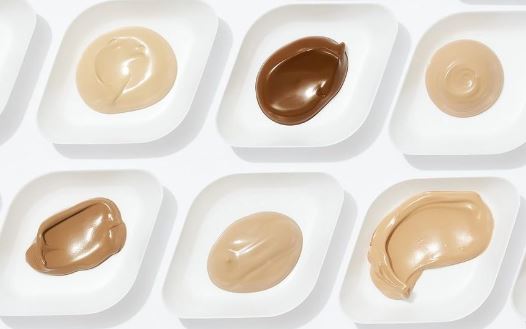Lifestyle
How to pick the perfect foundation shade for your skin tone

Are you tired of struggling to find the right foundation shade that perfectly matches your skin tone?
Choosing the right foundation can be a daunting task, but it’s essential for achieving a flawless and natural look.
The key lies in understanding your skin undertone and the nuances of different foundation shades.
Let us walk you through the steps to pick the perfect foundation shade for your unique skin tone by BeBeautiful.
1. Know your skin undertone
Before diving into the world of foundation shades, it’s crucial to determine your skin’s undertone. There are three main undertones: cool, warm, and neutral. To figure out yours, observe the veins on the underside of your wrist. If they appear blueish, you likely have a cool undertone. If they’re greenish, your undertone is warm. If it’s challenging to distinguish between blue and green or if your veins appear blueish-green, you might have a neutral undertone.
2. Test in natural light
Once you have an idea of your undertone, it’s time to test foundation shades. Head to a store with a wide range of foundation options, or consider using online tools provided by makeup brands. However, testing in person is recommended. Apply a few different shades along your jawline in natural light to see how well they blend with your skin. Natural light is essential because artificial lighting can distort the appearance of colours.
3. Choose a few options
Select a few shades that seem to match your skin the best based on your undertone and the natural light test. It’s wise to choose both a lighter and a slightly darker shade to account for seasonal changes in your skin tone. Skin can be lighter in the winter and tanner in the summer.
4. Test under different lighting
Take your selected foundation shades home and test them in various lighting conditions. Look at how they appear in daylight, indoor lighting, and even with flash photography. This step ensures that your foundation will look flawless across different scenarios.
5. Consider formulas
Foundations come in various formulas, such as liquid, cream, powder, and stick. Different formulas might work better for different skin types and preferences. For instance, if you have dry skin, a liquid foundation with a hydrating formula might be ideal. If you have oily skin, a matte or oil-free formula might be more suitable.
6. Seek professional assistance
If you’re still struggling to find the perfect match, consider visiting a makeup counter or store where makeup professionals can assist you. They have experience in colour matching and can offer valuable insights.






